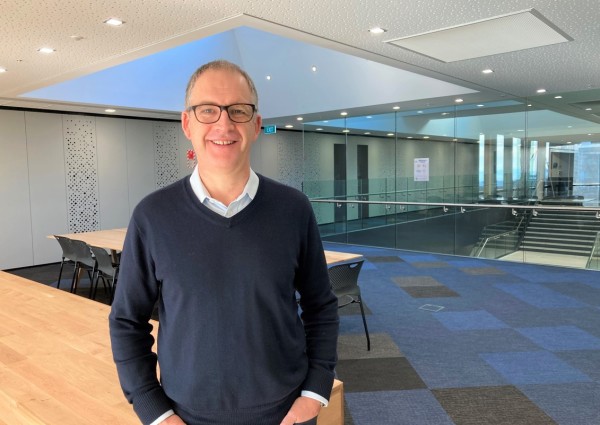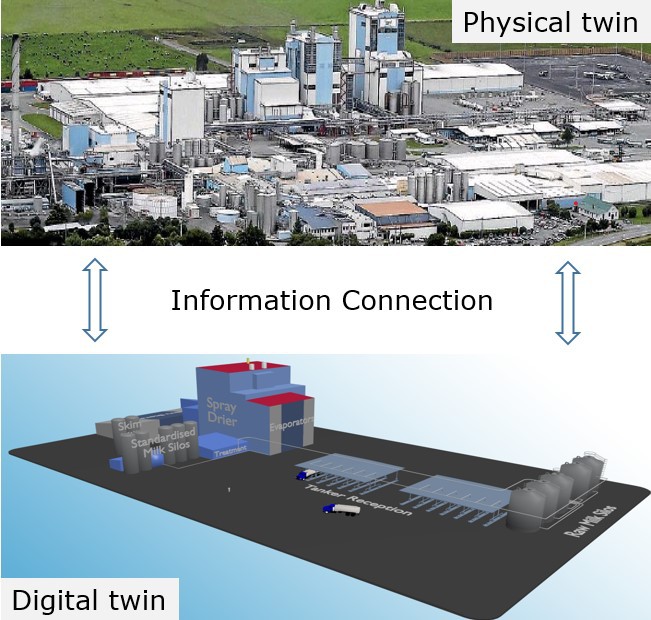Imagine you’re a factory owner who wants to make your operations more sustainable. Where do you start? If your machines currently run on fossil fuels, they might be expensive to replace or convert. The new equipment might not run smoothly. You might incur unexpected costs. You might need to change your processes. You might even find your carbon footprint doesn’t shrink as much as you expect.
Change is fraught with risk. Risk can be expensive. Yet the rewards of sustainability can be great both for a business’s bottom line and for the planet. That’s why Waipapa Taumata Rau, University of Auckland Professor Brent Young is working to help industry de-risk change, particularly in favour of sustainability.

